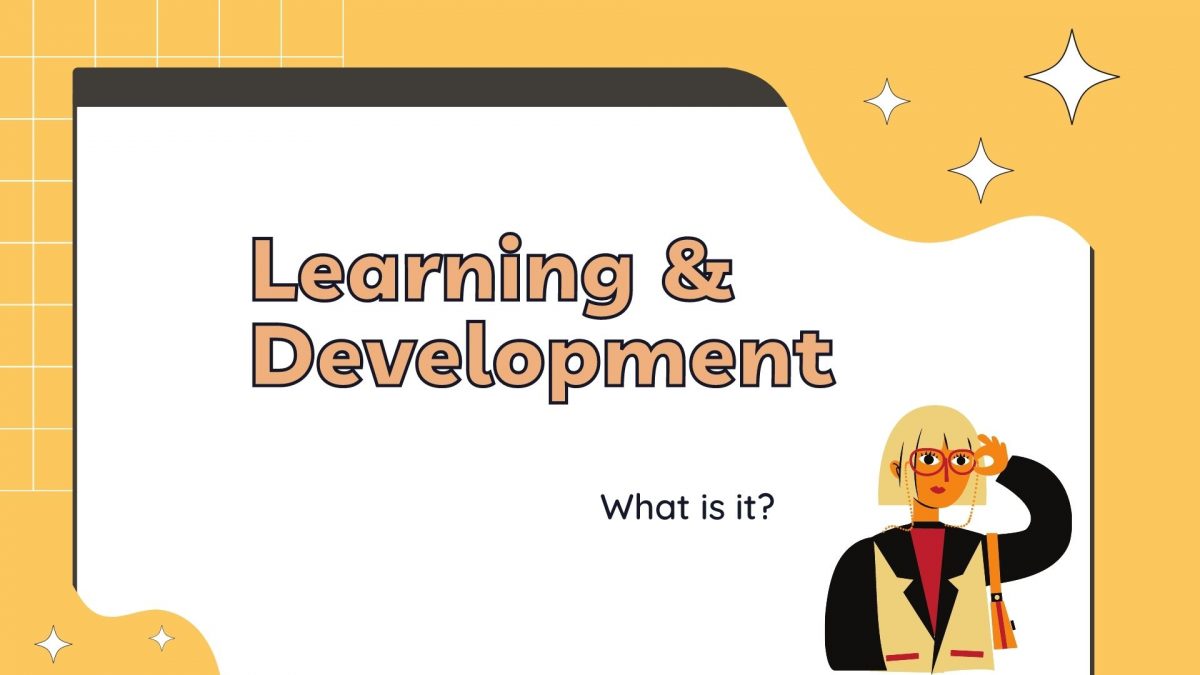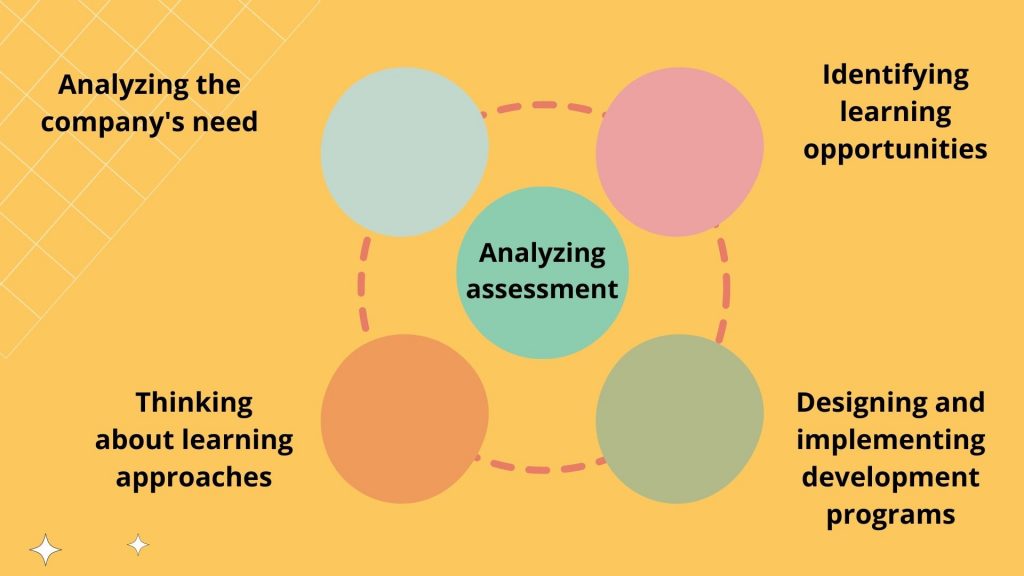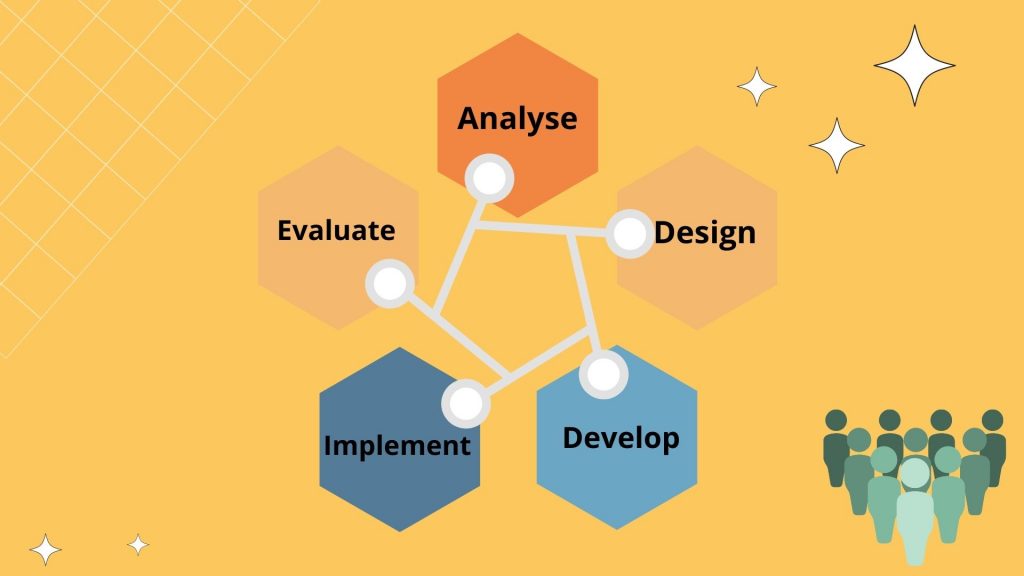
What is Learning and Development? A useful guide to L&D
For the last couple of years, Learning and Development has become a crucial part of business strategy. It means that without L&D companies face a vast range of problems that they could avoid. So, to have Learning and Development department or even one specialist will help a company and coworkers develop their skills, find new answers, and reach new horizons.
This article will be about Learning and Development, jobs in this sphere, L&D strategy, and the benefits of implementing L&D in your company.
What is Learning and Development?
L&D is a key part of the business strategies which helps organize a systematic approach to improving and upskilling employees, their knowledge, and up-to-date competencies to build effective strategy and room for improvement.
So, learning and development is a systematic acquisition of knowledge, skills, and experience.
Learning and Development in the company
Let’s look at the example. You have a system of reviews in the company. Analyzing them, you understand that some workers do not understand how to give and receive feedback, and how to deal with information that was given to them. What are you going to do?
Right, analyze the reason, look at the route of the problem, have a chat with colleagues, and think about new opportunities to develop a new skill. Does it sound like something simple? Probably, yes. But let’s dig deeper.

As an L&D specialist in the company, your task is not only to analyze processes but also to get a critical point if what you are going to create is highly important. Learning and development is always about
- Learning and Development in the company
- Identifying learning opportunities
- Thinking about learning approaches
- Designing and implementing development programs
- Analyzing assessment
There is no need for a course if L&D specialist understands that it would be good to provide training sessions with coaches, a workshop, a webinar, hands-on training, a lecture, a role-play, a group discussion, etc. If you need to solve a small problem, don’t create a big learning course. First, it will take a lot of time, second, it may cost a lot of money.
A small company may have only one Learning and Development specialist, while bigger companies may have Learning and Development department whose aim is to train and upskill their employees and as a result help a company to achieve the best results and increase business performance.
L&D jobs and perspectives
It is not a secret that many teachers land their new job in Learning and Development. There are several reasons for that:
- They are aware of learning strategies
- Methodology
- Course creation
- Pedagogy
- Creativity
- Critical thinking
- Time management
Looking for new job opportunities, you can find a range of jobs such as L&D Consultant, L&D Specialist, L&D Manager, L&D Director. The position may vary depending on the responsibilities and knowledge. Don’t forget about Instructional Design.
What to do if there was no L&D Specialist in the company before?
To become this specialist even though it may sometimes feel like you do not understand how something works, or why to stick to this or that strategy. Feel free to ask colleagues, and friends, have a coffee chat with a specialist in this sphere, organize an L&D club, or write a post on LinkedIn.
Remember about 4 objectives:
- Improve business performance
- Increase employee satisfaction
- Work on the image of your company
- Assist with growth
How to create an effective L&D program?
There are many models which can help in creating L&D course. Everything depends on the needs and an individual approach, so it is always room to choose from.
Many instructional designers start creating a course using the ADDIE model.

First step: analyze
Analyze the need for your course as well as your target audience. Don’t forget about goals. What do you want to achieve in the end?
Second step: Design
Learning objectives. Think about specific skills and knowledge your students are going to obtain. Pay attention to sequence, and how content will be developed in the course. Plan structure, assignments, and assessment of the course.
Step three: Develop
What resources and learning methods will be used in the course to support your learning efforts? Create a pilot test, then review.
Step four: Implement
How will you organize a course delivery? What Learning Management System (LMS) will you use? Distribute your learning product to your audience.
Step five: Evaluate
Evaluate if your product is effective. Make necessary updates and, if needed, cycle back to the Analysis phase.
To sum up, Learning and Development helps employees become best workers as they can achieve new perspectives and as a result they will positively transform corporate learning.



